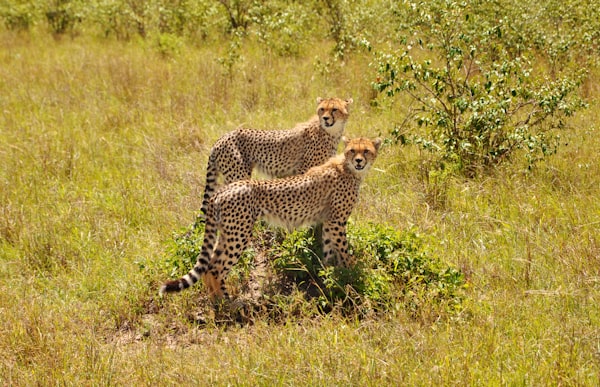The Organization of Life

Life is organized (by size) into many sublevels ranging from atom to biosphere.
The smallest unit of matter is the atom. This is the world's basic building block, and can be found in everything. Some examples of atoms are carbon, hydrogen, and oxygen.
Different atoms chemically bound together are called molecules. There are many types of molecules, such as water and carbon dioxide.
Macromolecules are groups of molecules. They are essential for life's functions. Some examples of macromolecules are carbohydrates and proteins.
Organelles are cell structures that perform one specific function, such as the nucleus or the mitochondria.
Cells are made from organelles. They are the basic unit of life and perform different functions. Some examples are: Muscle cell, E.coli, slime mold.
Tissues are groups of cells that work together to do something. Muscle tissue and blood are two examples.
Organs are groups of tissues. The brain, heart, and stomach are organs.
An organ system is different organs that perform the same thing. For example, the circulatory system and the nervous system.
An organism is a living thing composed of organs and organ systems. For example, people, mushrooms, blue whales, kangaroos, and stick bugs are all organisms.
A population is a group of individuals that live in a specific area. For example, the squirrels in your town, or a colony of penguins.
A community is all the populations that live in a specific area. For example, the squirrels in the forest or the penguins in Antarctica.
An ecosystem is all the living things in an area, along with their environment, for example, a forest along with all the animals and plants living in it, as well as all the minerals, water, and weather.
The biosphere is the portion of the Earth and atmosphere where all life occurs. For example, the air, water, and land, biomes, and atmosphere.




